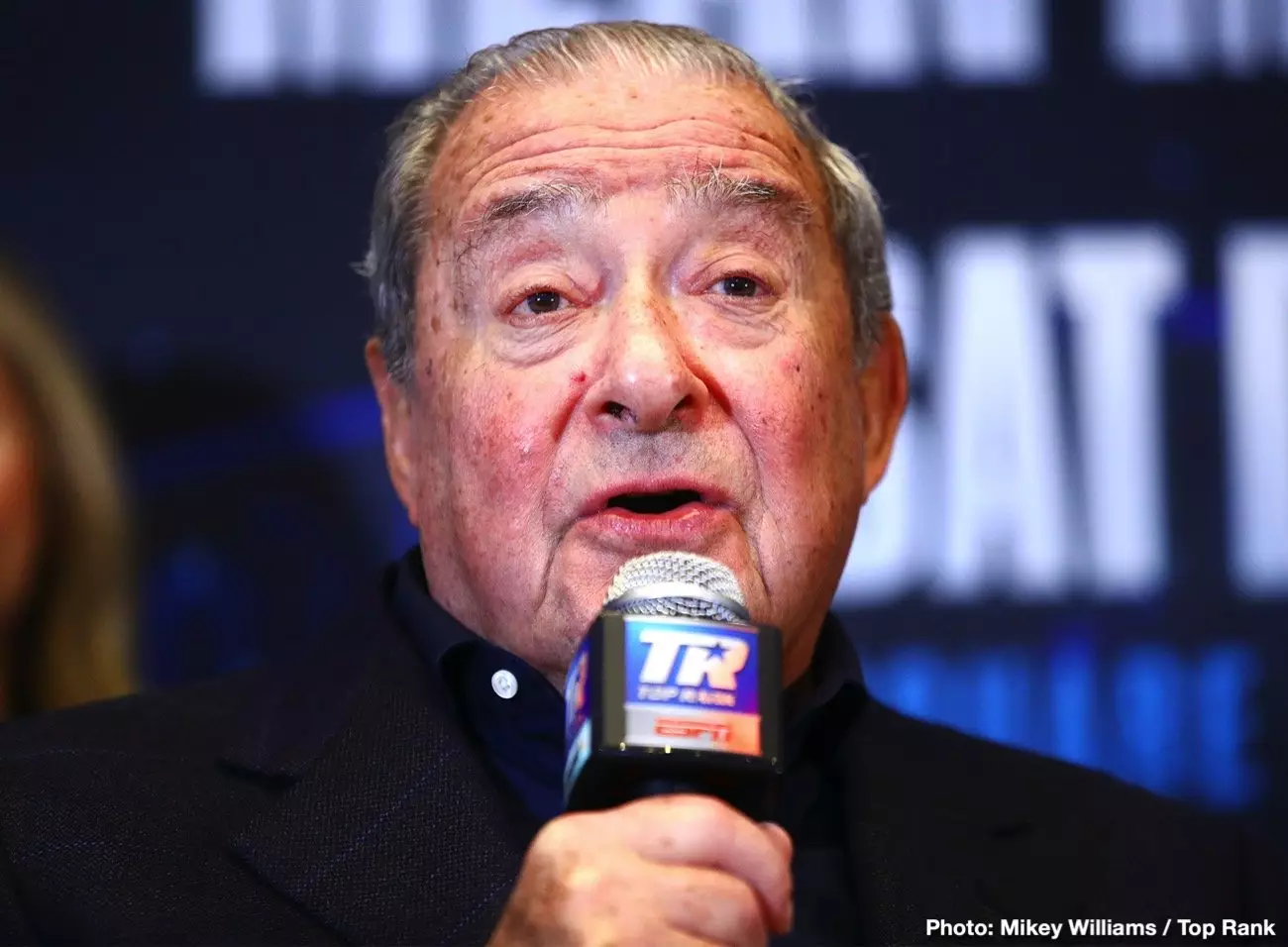The landscape of boxing promotion has transformed dramatically over recent years, particularly with the surge in piracy affecting pay-per-view (PPV) sales. Bob Arum, a veteran promoter with decades of experience, voiced his concerns regarding the upcoming match between Teofimo Lopez and Subriel Matias. He expressed hesitation about placing this fight on PPV, underscoring the larger trend of declining viewership coupled with rampant illegal streaming. While piracy undoubtedly poses a significant challenge, it is essential to delve deeper into the roots of this issue, as it may also reflect a growing disinterest among fans towards certain fighters and their bouts.
Teofimo Lopez’s Marketability Issues
Teofimo Lopez, once heralded as a boxing prodigy after his victory over Vasiliy Lomachenko, has struggled to maintain momentum within the sport. His recent underwhelming performances and a pivotal loss to George Kambosos Jr. have somewhat tarnished his reputation. This decline in marketability raises questions about why a fighter of Lopez’s caliber, with a promising career ahead, is unable to garner a substantial audience. Arum highlights this dilemma by suggesting Lopez lacks the drawing power necessary for a PPV event. In contrast to the past, when only marquee matchups made the cut for PPV, the current model appears misguided, placing fights devoid of star power behind a paywall, leading to financial underperformance.
The shift in boxing promotions also comes at a time when mixed martial arts (MMA) have captured significant viewer interest. Organizations like the UFC have successfully unified their promotional efforts, creating a deep well of stars that fans actively support. Therefore, boxing faces the challenge of competing for viewership against a sport that consistently promotes compelling narratives and fighters. The lack of these engaging elements in the upcoming Lopez vs. Matias matchup may contribute to Arum’s reluctance to push for a PPV model, as fans may prefer tuning into sports that have successfully built an addictive viewing experience.
Bob Arum’s remarks also bring to light the responsibility of promoters in properly positioning athletes within the market. Many young fighters, including Gervonta Davis, have been thrust into PPV situations too early in their careers, inhibiting their potential to develop a loyal following. This early push can lead to financial disasters, as audiences are less willing to part with their money when they are unfamiliar with the combatants involved. Arum’s insights serve as a call for strategic planning—promoters should invest time in nurturing talent and allowing them to build their brand and audience before placing them on such a platform.
In examining the landscape of boxing promotion, it is clear that issues such as piracy and fighter marketability play a crucial role in determining the success of events. The reluctance to promote certain fights as pay-per-view stems not only from concerns over piracy but also a broader lack of interest in the fights themselves. As boxing moves forward, it must adopt a more thoughtful approach to promoting its athletes and events, ensuring that only compelling matchups reach the PPV stage to avoid disappointing performances and eroding fan interest.


Leave a Reply